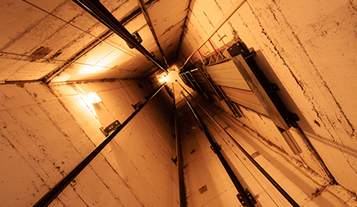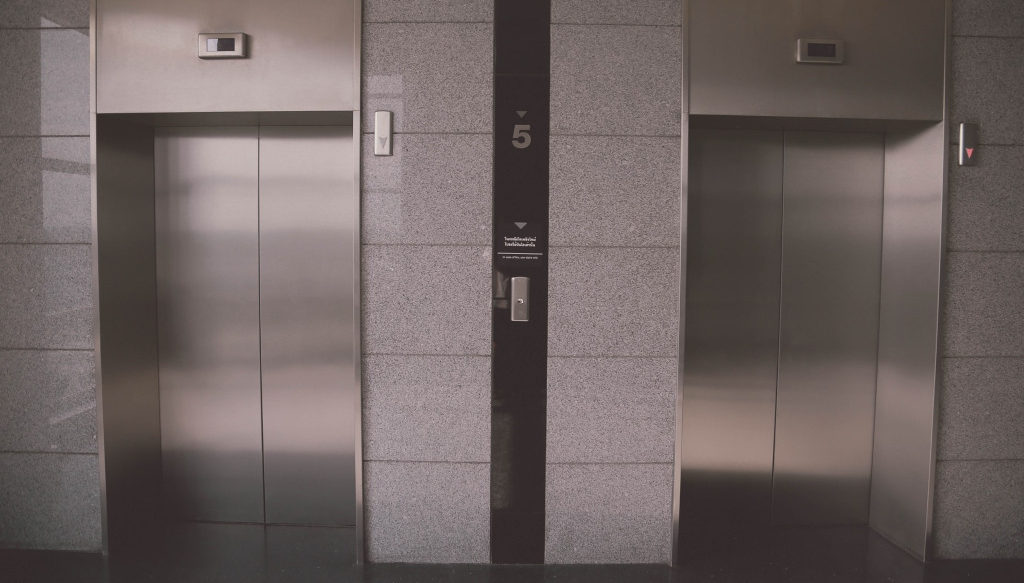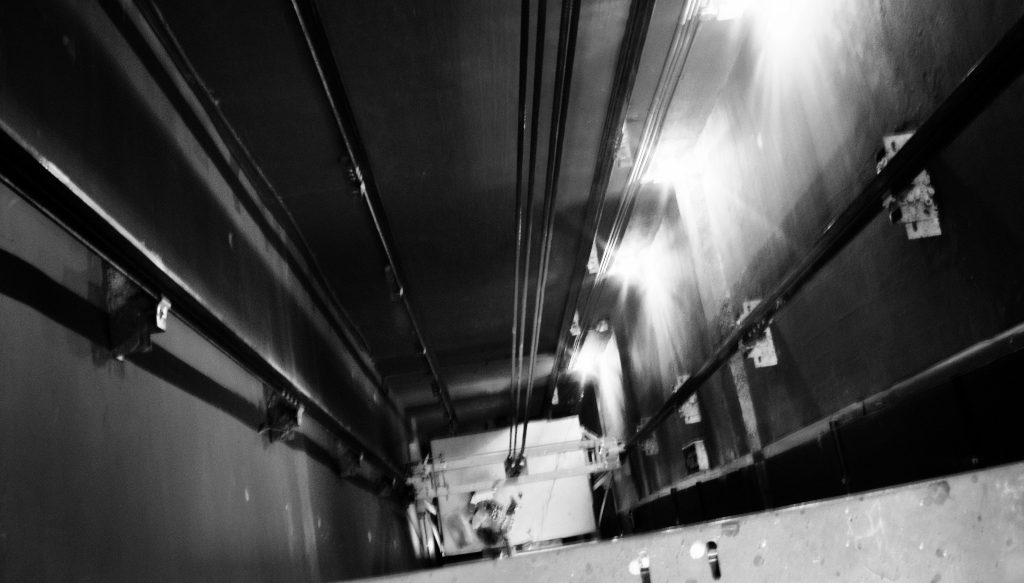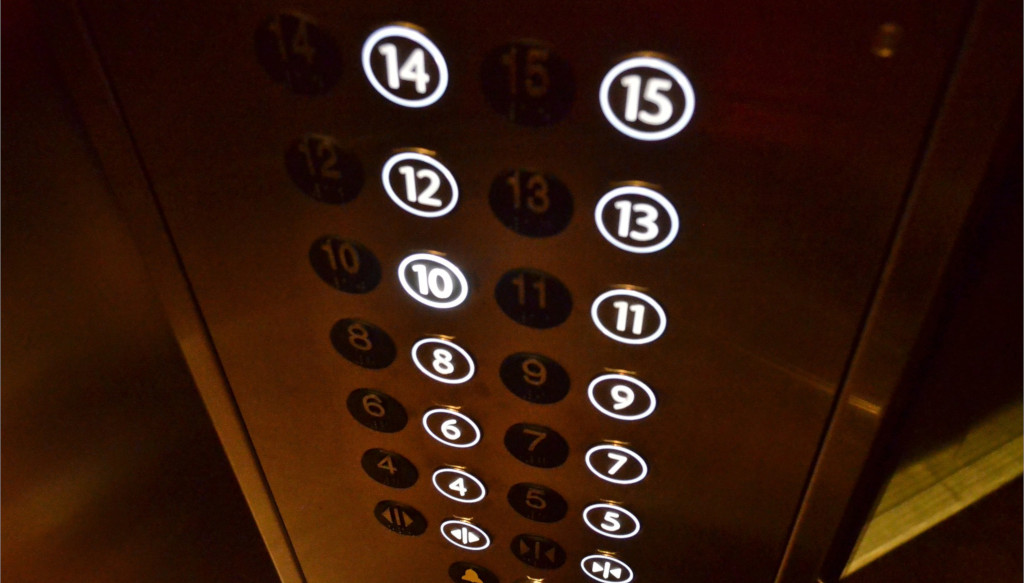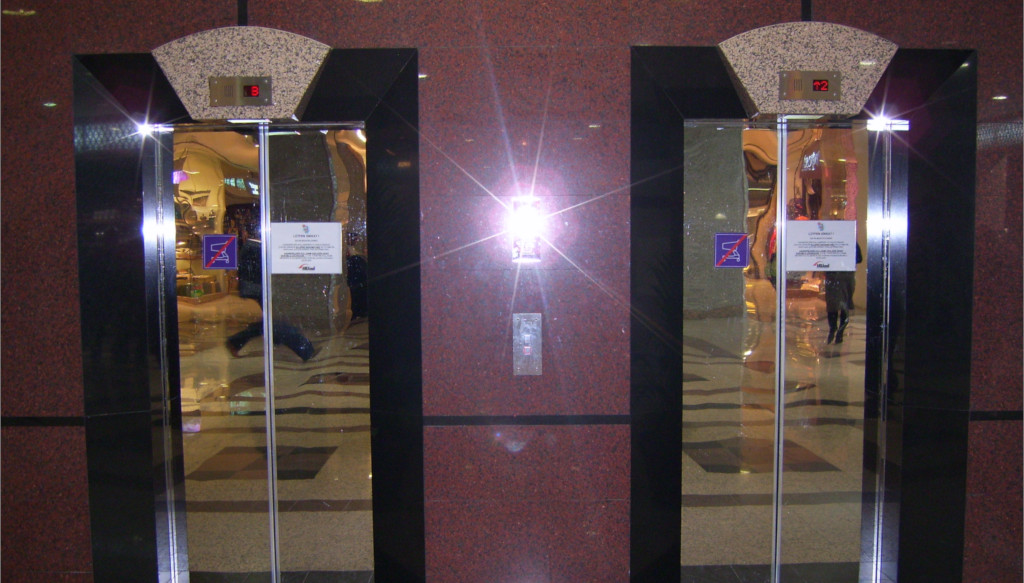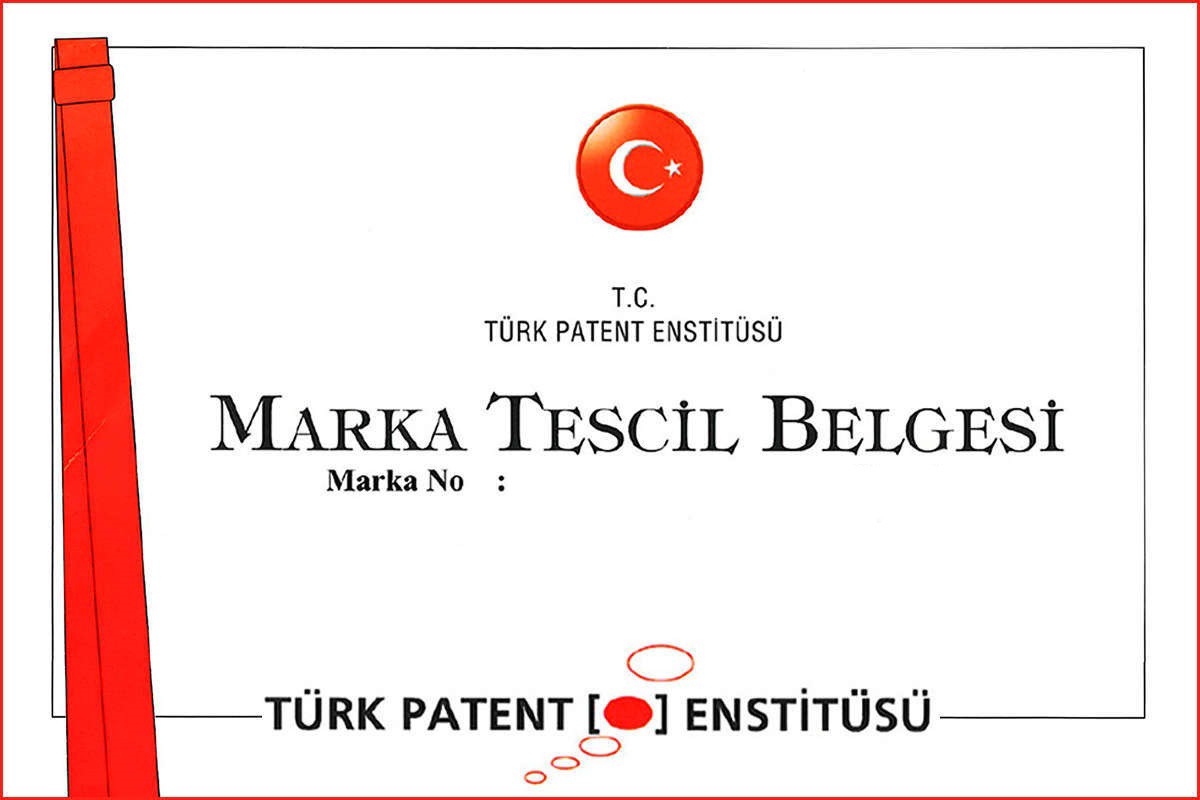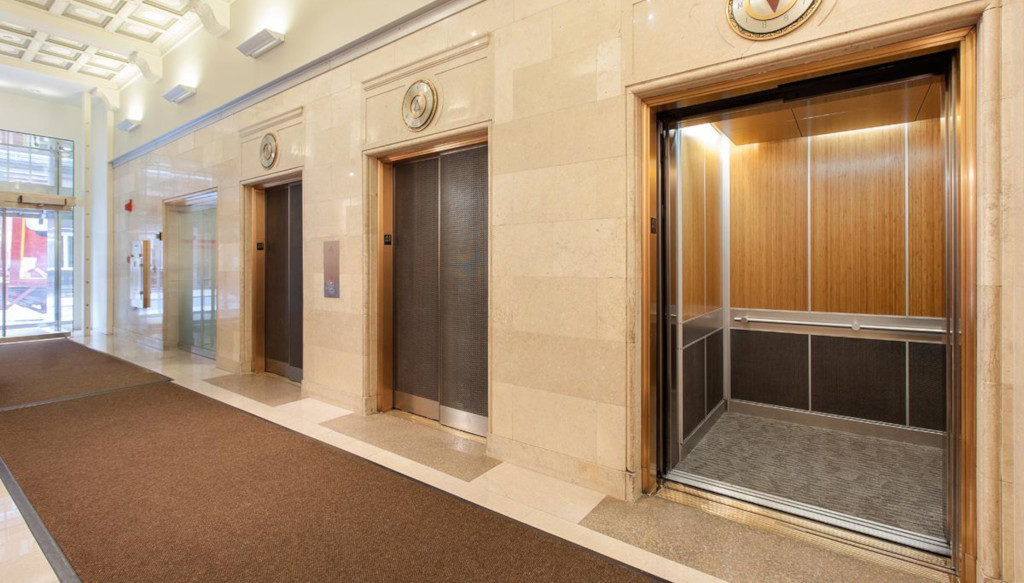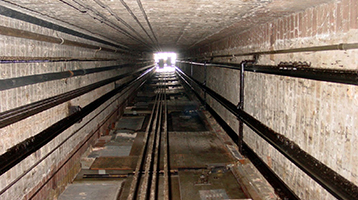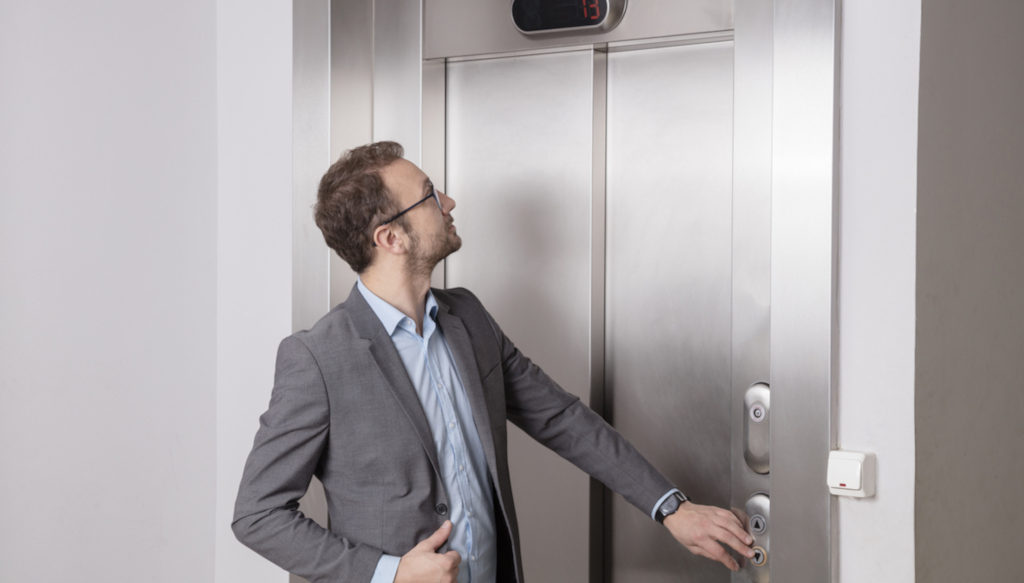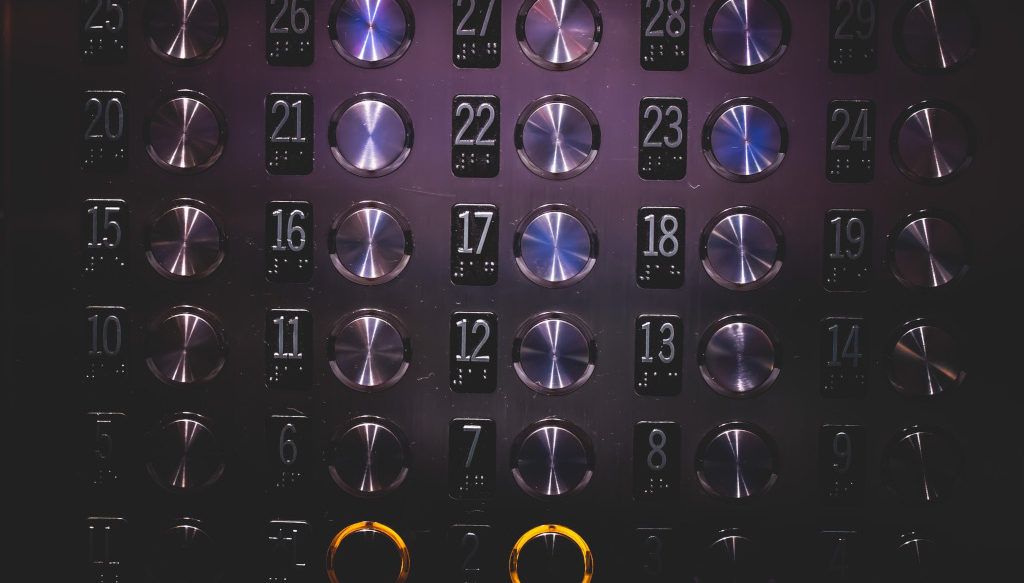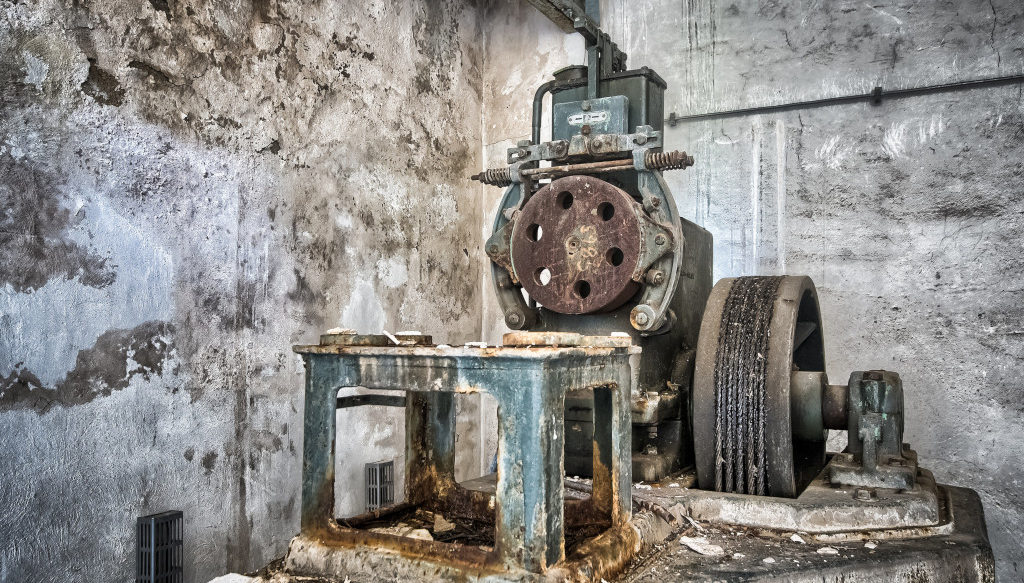1. EU-type examination of lifts is the part of a conformity assessment procedure in which a notified body examines the technical design of a model lift, or a lift for which there is no provision for an extension or variant, and verifies and attests that the technical design of the model lift or the lift meets the applicable essential health and safety requirements set out in Annex I.
EU-type examination of a lift includes an examination of a representative specimen of a complete lift.
2. The application for EU-type examination shall be lodged by the installer or his authorised representative with a single notified body of his choice.
The application shall include:
(a) the name and address of the installer; and, if the application is lodged by the authorised representative, his name and address as well;
(b) a written declaration that the same application has not been lodged with any other notified body;
(c) the technical documentation;
(d) details of the place where the specimen lift can be examined. The specimen lift submitted for examination shall include the terminal parts and be capable of serving at least three levels (top, middle and bottom);
(e) the supporting evidence for the adequacy of the technical design solution. This supporting evidence shall mention any documents, including other relevant technical specifications that have been used, in particular where the relevant harmonised standards have not been applied in full. The supporting evidence shall include, where necessary, the results of tests carried out in accordance with other relevant technical specifications by the appropriate laboratory of the installer, or by another testing laboratory on his behalf and under his responsibility.
3. The technical documentation shall make it possible to assess the conformity of the lift with the applicable essential health and safety requirements set out in Annex I.
The technical documentation shall contain, where applicable, the following:
(a) a description of the model lift indicating clearly all the permitted variations of the model lift;
(b) design and manufacturing drawings and diagrams;
(c) explanations necessary for the understanding of those drawings and diagrams and of the operation of the lift;
(d) a list of the essential health and safety requirements taken into consideration;
(e) a list of the harmonised standards applied in full or in part the references of which have been published in the Official Journal of the European Union and, where those harmonised standards have not been applied, descriptions of the solutions adopted to meet the essential health and safety requirements of the Directive, including a list of other relevant technical specifications applied. In the event of partly applied harmonised standards, the technical documentation shall specify the parts which have been applied;
(f) a copy of the EU declarations of conformity of the safety components for lifts incorporated in the lift;
(g) results of design calculations performed by or for the installer;
(h) test reports;
(i) a copy of the instructions referred to in point 6.2 of Annex I;
(j) steps taken at the installation stage to ensure that the series-produced lift conforms to the essential health and safety requirements set out in Annex I.
4. The notified body shall:
(a) examine the technical documentation and supporting evidence to assess the adequacy of the technical design of the model lift or of the lift for which there is no provision for an extension or variant;
(b) agree with the installer on a location where the examinations and tests will be carried out;
(c) examine the specimen lift to check that it has been manufactured in accordance with the technical documentation, and identify the elements which have been designed in accordance with the applicable provisions of the relevant harmonised standards, as well as the elements which have been designed in accordance with other relevant technical specifications;
(d) carry out appropriate examinations and tests, or have them carried out, to check whether, where the installer has chosen to apply the specifications of the relevant harmonised standards, these have been applied correctly;
(e) carry out appropriate examinations and tests, or have them carried out, to check whether, where the specifications of the relevant harmonised standards have not been applied, the solutions adopted by the installer applying other relevant technical specifications meet the corresponding essential health and safety requirements of this Directive.
5. The notified body shall draw up an evaluation report that records the examinations, verifications and tests carried out and their outcome. Without prejudice to its obligations vis-à-vis the notifying authorities, the notified body shall release the content of that report, in full or in part, only with the agreement of the installer.
6. Where the type meets the essential health and safety requirements set out in Annex I applicable to the lift concerned, the notified body shall issue an EU-type examination certificate to the installer. That certificate shall contain the name and address of the installer, the conclusions of the EU-type examination, any conditions of validity of the certificate and the particulars necessary to identify the approved type.
The EU-type examination certificate may have one or more annexes attached.
The EU-type examination certificate and its annexes shall contain all the information necessary to enable the conformity of lifts with the approved type to be assessed during the final inspection.
Where the type does not comply with the essential health and safety requirements set out in Annex I, the notified body shall refuse to issue an EU-type examination certificate and shall inform the installer accordingly, giving detailed reasons for its refusal.
The notified body shall keep a copy of the EU-type examination certificate, its annexes and additions, as well as the technical documentation and the evaluation report for 15 years from the date of issue of that certificate.
7. The notified body shall keep itself apprised of any changes in the generally acknowledged state of the art which indicate that the approved type may no longer comply with the essential health and safety requirements set out in Annex I, and shall determine whether such changes require further investigation. If so, the notified body shall inform the installer accordingly.
8. The installer shall inform the notified body of any modifications to the approved type, including variations not specified in the original technical documentation, that may affect the conformity of the lift with the essential health and safety requirements set out in Annex I or the conditions of validity of the EU-type examination certificate.
The notified body shall examine the modification and inform the installer whether the EU-type examination certificate remains valid or whether further examinations, verifications or tests are needed. As appropriate the notified body shall issue an addition to the original EU-type examination certificate or ask for a new application for an EU-type examination to be submitted.
9. Each notified body shall inform its notifying authority concerning the EU-type examination certificates and any additions thereto which it has issued or withdrawn, and shall, periodically or upon request, make available to its notifying authority the list of such certificates and any additions thereto refused, suspended or otherwise restricted.
Each notified body shall inform the other notified bodies concerning the EU-type examination certificates and any additions thereto which it has refused, withdrawn, suspended or otherwise restricted, and, upon request, concerning such certificates and additions thereto which it has issued.
10. The Commission, the Member States and the other notified bodies may, on request, obtain a copy of the EU-type examination certificates and additions thereto. On request, the Commission and the Member States may obtain a copy of the technical documentation and of the report on the examinations, verifications and tests carried out by the notified body.
11. The installer shall keep with the technical documentation a copy of the EU-type examination certificate, including its annexes and additions, at the disposal of the national authorities for 10 years after the lift has been placed on the market.
12. Authorised representative
The installer’s authorised representative may lodge the application referred to in point 2 and fulfil the obligations set out in points 8 and 11, provided that they are specified in the mandate.

